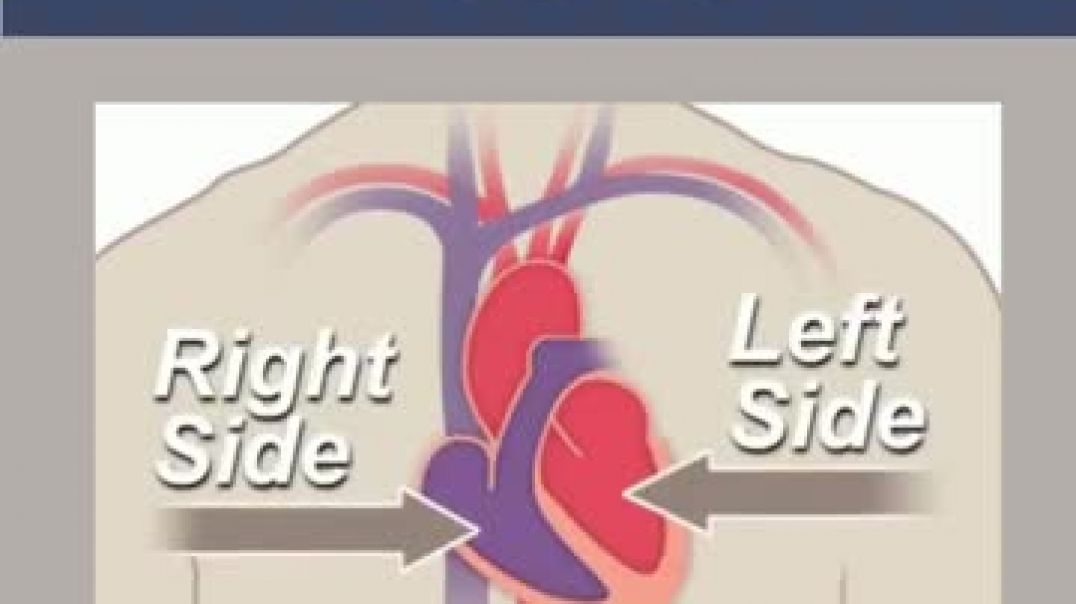Milium Cysts: causes ,types and treatment
Milium Cysts in Adults and Babies.
• What is a milium cyst?
A milium cyst is a small, white bump that typically appears on the nose and cheeks. These cysts are often found in groups. Multiple cysts are called milia.Milia occur when keratin becomes trapped beneath the surface of the skin. Keratin is a strong protein that’s typically found in skin tissues, hair, and nail cells.Milia can occur in people of all ethnicities or ages. However, they’re most common in newborns.
Keep reading to learn more about milia, their causes, and what you can do to treat them.
What are the symptoms of milia?
Milia are small, dome-shaped bumps that are usually white or yellow. They’re usually not itchy or painful. However, they may cause discomfort for some people. Rough sheets or clothing may cause milia to appear irritated and red.
Cysts are typically found on the face, lips, eyelids, and cheeks. However, they can be found on other parts of the body as well, such as the torso or genitalia.
They’re often confused with a condition called Epstein pearls. This condition involves the appearance of harmless white-yellow cysts on a newborn’s gums and mouth. Milia are also often inaccurately referred to as “baby acne.”
What causes milia?
Causes in newborns differ from those in older children and adults.
Newborn
The cause of milia in newborns is unknown. It’s often mistaken for baby acne, which is triggered by hormones from the mother.
Unlike baby acne, milia doesn’t cause inflammation or swelling. Infants who have milia are usually born with it, while baby acne doesn’t appear until two to four weeks after birth.
Older children and adult.
In older children and adults, milia are typically associated with some type of damage to the skin. This may include:
• blistering due to a skin condition, such as epidermolysis bullosa (EB), cicatricial pemphigoid, or porphyria cutanea tarda (PCT).
• blistering injuries, such as poison ivy. long-term sun damage.
• burns. long-term use of steroid creams.
• skin resurfacing procedures, such as dermabrasion or laser resurfacing.
Milia can also develop if the skin loses its natural ability to exfoliate. This can happen as a result of aging.
What are the types of milia?
Milia types are classified based on the age at which the cysts occur or what’s causing the cysts to develop. These types also fall into primary or secondary categories.Primary milia are formed directly from entrapped keratin. These cysts are usually found on the faces of infants or adults.Secondary milia look similar, but they develop after something clogs the ducts leading to the skin’s surface, like after an injury, burn, or blistering.
Neonatal milia.
Neonatal milia is considered primary milia. It develops in newborns and clears within a few weeks. Cysts are typically seen on the face, scalp, and upper torso. According to Seattle Children’s Hospital, milia occur in 40 percent of newborn babies.
Primary milia in older children and adults.
Cysts can be found around the eyelids, forehead, and on the genitalia. Primary milia may disappear in a few weeks or last for several months.
Juvenile milia.
Rare genetic disorders that affect the skin can lead to juvenile milia. These can include:
• Nevoid basal cell carcinoma syndrome (NBCCS). NBCCS can lead to basal cell carcinoma (BCC).
• Pachyonychia congenita. This condition may cause thick or abnormally shaped nails.
• Gardner’s syndrome. This rare genetic disorder may lead to colon cancer over time.
• Bazex-Dupré-Christol syndrome. This syndrome affects hair growth and the ability to sweat.
Milia en plaque.
This condition is commonly associated with genetic or autoimmune skin disorders, such as discoid lupus or lichen planus. Milia en plaque can affect the eyelids, ears, cheeks, or jaw.The cysts can be several centimeters in diameter. It’s primarily seen in middle-aged females, but can occur in adults or children of any age or either sex.
Multiple eruptive milia.
This type of milia consists of itchy areas that can appear on the face, upper arms, and torso. The cysts often appear over a span of time, ranging from a few weeks to a few months.
Traumatic milia.
These cysts occur where injury to the skin has occurred. Examples include severe burns and rashes. The cysts may become irritated, making them red along the edges and white in the center.
Milia associated with drugs or products.
The use of steroid creams can lead to milia on the skin where the cream is applied. However, this side effect is rare.Some ingredients in skin care and makeup products can cause milia in some people. If you have milia-prone skin, avoid the following ingredients:
• liquid paraffin.
• liquid petroleum.
• paraffin oil.
• paraffinum liquidum.
• petrolatum liquid.
• petroleum oil.
These are all types of mineral oil that may cause milia. Lanolin may also increase the formation of milia.
How are milia diagnosed?
-
Category


















![Actinic Keratosis Treatment and Cancer Potential - Eyelid, Face, and Neck [Dermatology Course 32/60]](https://i.ytimg.com/vi/ffcHWDpKZqQ/maxresdefault.jpg)



No comments found